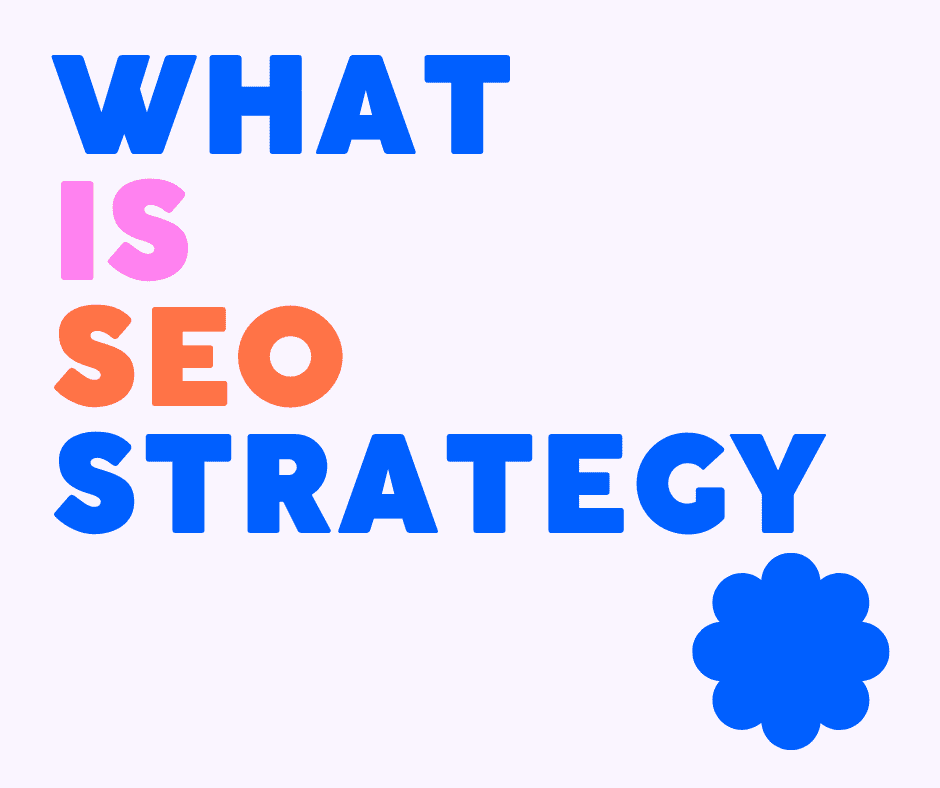
In today’s digital age, mastering Search Engine Optimization (SEO) is essential for businesses seeking to enhance their online visibility and attract more organic traffic. This comprehensive guide explores the core aspects of SEO, including product SEO, e-commerce SEO, and listing SEO, to provide readers with actionable strategies for optimizing their websites and product listings across search engines.
The Fundamentals of SEO
Understanding the basics of SEO, including how search engines operate, the significance of keyword research, and the strategies for on-page optimization, sets the stage for diving deeper into the nuances of SEO optimization, particularly in the contexts of e-commerce and product listings.
Search optimization is not a one-size-fits-all approach; it requires tailoring strategies to suit specific domains like e-commerce. Product SEO and listing SEO, for instance, focus on improving the visibility and ranking of individual products within an e-commerce platform. This entails optimizing product titles, descriptions, images, and meta tags to not only appeal to potential customers but also to meet the criteria that search engines use to rank content. A well-optimized product page leverages keywords effectively, ensuring that the product features prominently in relevant search results, thereby increasing the likelihood of conversion.
Additionally, incorporating structured data helps search engines better understand the content of the page, enhancing the display of products in SERPs through rich snippets and improving user experience. As we transition to the next chapter, we delve into advanced techniques and strategies tailored specifically for e-commerce websites and product listings, emphasizing the critical role of structured data, and exploring how local SEO can augment online visibility for businesses with brick-and-mortar locations.
Enhancing Product and E-commerce SEO
Building on the fundamental SEO principles covered previously, optimizing e-commerce websites and product listings entails specific strategies that cater to the unique requirements of online retail. Key among these strategies is the implementation of structured data, which plays a pivotal role in how search engines understand and display product information. By incorporating schema markup into web pages, e-commerce sites can provide search engines with detailed product information in a standardized format, enhancing visibility in search results through rich snippets. These rich snippets often feature ratings, prices, and availability status directly in the search results, significantly improving click-through rates.
Meta tags, including title tags and meta descriptions, must be meticulously crafted to include relevant keywords and compelling descriptions that not only appeal to search algorithms but also to potential customers browsing the search results. Each product listing should have unique meta information that accurately describes the product and includes keywords that potential customers are likely to use when searching for that product or related items.
Furthermore, for e-commerce businesses with physical storefronts, optimizing for local SEO is critical. This involves ensuring that the business’s name, address, and phone number (NAP) are consistent across all online platforms and directories, leveraging local keywords in meta tags and content, and optimizing Google My Business listings. Local SEO tactics can drive significant traffic and sales by targeting potential customers in the vicinity of the business.
Also, crucial is the optimization of website and listing content itself, focusing on high-quality, keyword-rich product descriptions, and informative blog content that addresses potential customers’ queries and concerns. Effective SEO for e-commerce also means creating a seamless, user-friendly shopping experience, with fast-loading pages and a mobile-optimized website design, as these factors are increasingly important in search engine rankings.
In sum, mastering e-commerce SEO requires a comprehensive approach that goes beyond general SEO tactics, focusing on the nuances of online retail and the specific behaviors of online shoppers. By effectively implementing structured data, optimizing meta tags and content, and focusing on local SEO, e-commerce businesses can significantly enhance their online visibility, attract more traffic, and ultimately, achieve higher conversion rates.
Advanced SEO Techniques and Best Practices
Building on the foundational aspects of enhancing product and e-commerce SEO, it’s critical to delve deeper into the nuanced strategies of SEO optimization, particularly focusing on specialty areas like product SEO, e-commerce SEO, and listing SEO. A profound understanding of search optimization lies in leveraging both on-page and off-page SEO tactics tailored for e-commerce platforms.
For products, meticulous attention to product titles, descriptions, and the integration of high-intent keywords can significantly impact visibility. However, it’s the nuanced, often overlooked details such as optimizing images with descriptive, keyword-rich file names and alt texts that can set a listing apart. Furthermore, customer reviews play a dual role; they not only enhance trust and conversion rates but also naturally infuse listings with relevant, frequently searched terms, serving as an organic boost to SEO.
E-commerce SEO transcends individual listings, requiring a comprehensive approach to site structure, ensuring that navigation is intuitive and each page is strategically linked to funnel the site’s authority across product listings. Securing high-quality backlinks, particularly from authoritative sites within your niche, amplifies your website’s perceived value, increasing visibility and traffic.
Moreover, understanding the analytics behind user interactions on your pages enables the identification and replication of high-performing SEO practices across your site. Analyzing metrics such as bounce rates, time on page, and conversion rates as they pertain to SEO modifications provides actionable insights, allowing for refined strategies that cater to your target audience’s preferences and search behaviors.
Conclusions
SEO is a dynamic and ongoing process that plays a critical role in the success of any online venture. Our resources can help you be less stressed in designing content and product listings. By understanding and implementing the strategies discussed in this guide, businesses can significantly improve their online visibility, drive more organic traffic, and convert visitors into loyal customers. Remember, staying abreast of SEO trends and algorithm updates is key to maintaining a competitive edge in the digital landscape.






